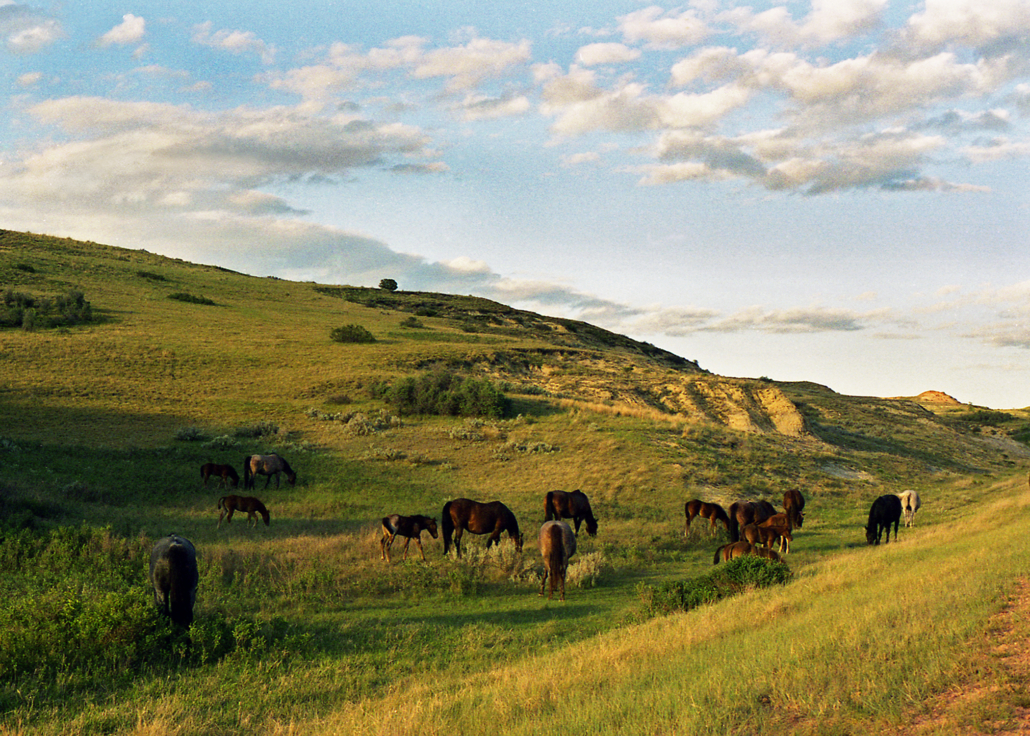Native American Farming and Ranching Today
In their diaries, Lewis and Clark marvelled at the vast fields of corn and other crops that the Mandan, Hidatsa and Arikara women grew in the area now known as North Dakota. They wrote that these tribes “cultivate corn, beans, squashes and tobacco” and had “plenty for themselves and to trade with other nations.” Other visitors to the Mandan Villages marvelled that they had “stores of corn and vegetables sufficient to last the people a full year without other food.” When Lewis and Clark visited these villages on their return journey, their hosts offered them so much corn and vegetables that the expedition leaders had to reject these gifts as their canoes would not have had room. The expedition carried some Mandan corn seed back to President Jefferson who planted it in his own fields at Monticello and took visitors to see it. Many more examples of Native American agriculture are available from all corners of the US.
There is no way to summarize the havoc, hostility, and horror that these early agriculturalists faced as buffalo hunters, settlers and homesteaders, and military forces dispossessed them from their gardens, farms and grazing and hunting areas. There is no way to summarize the pervasive discrimination that Native people faced in getting services and loans from USDA, including ineligibility for homestead land (which often was stolen from them through breaches of treaties).
I first learned about USDA’s pervasive discrimination while I was working at the Federal Trade Commission in the 1970s, and in 1999 I was one of the original team of lawyers that filed a national class-action case against USDA. The case was known as the Keepseagle case and we brought it under the Equal Credit Opportunity Act, to redress decades of credit discrimination against Native American farmers and ranchers in USDA farmer loan programs.
The case settled for three types of relief: $680 million in damages, up to $80 million in loans forgiven, and a suite of reforms in USDA’s lending practices.
One of the best things that came from the Keepseagle case is the creation of the Native American Agriculture Fund, known as NAAF. It was approved by Judge Emmet G. Sullivan and provided with approximately $266 million in leftover (“cy pres”) funds from the settlement.
I consider the creation of NAAF to be one of the biggest achievements of my legal career because I think NAAF and its wonderful Native American board, staff, and grantees will launch a bright new era of Native American farming and ranching.
I believe that NAAF will benefit all farmers, regardless of their race.
I see more signs of progress today. For example, the recent appointment of Zach Ducheneaux and the nomination of Janie Hipp, two Native Americans, to prominent positions at USDA.


